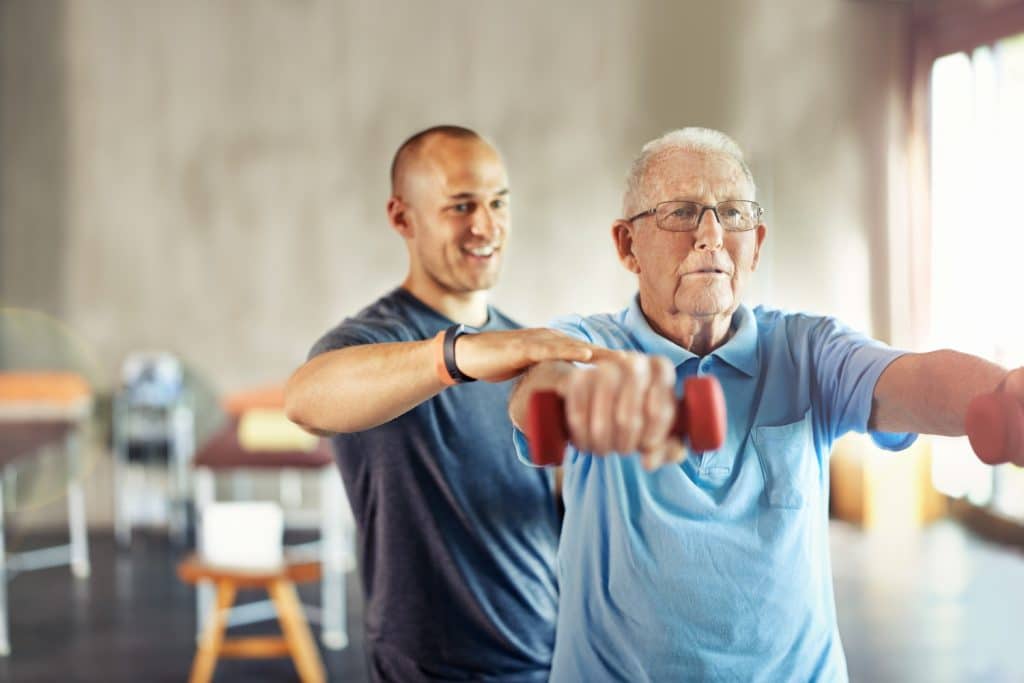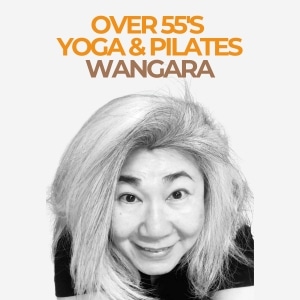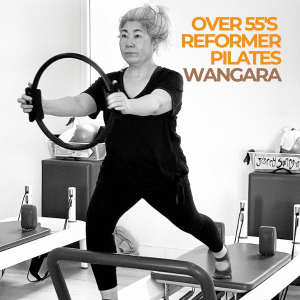Older Australians are staying active longer, and many want structured exercise programs that support health, mobility, and social connection. Fitness professionals who understand the needs of this group can create a lasting impact in their communities. Qualifications such as the Certificate III and IV in Fitness give trainers the knowledge and confidence to deliver safe, meaningful exercise sessions tailored to older adults.
Building Skills Through a Cert 3 in Fitness
The Cert 3 in Fitness is the recognised entry point in the Australian Qualifications Framework. For industry professionals, this certification lays down the base required to lead group fitness sessions and work as a gym instructor.
The training introduces anatomy and physiology along with exercise science to support safe practice. It also covers training principles that help trainers plan and adjust fitness programs. Pre-exercise screening, health screening, and client assessments are included to prepare professionals for working with older adults.
Workplace health and safety is part of the course to prepare trainers for work in gyms and community centres. Learners study risk assessment and hazard control to keep environments safe. The training also covers injury prevention and first aid so participants can respond effectively if a client experiences a health incident.
Nutrition is introduced alongside the physical training so instructors can guide clients toward healthy eating habits. Trainers can connect this knowledge with physical training to give clients practical lifestyle support. While not a substitute for medical advice, it offers older adults accessible guidance that aligns with their fitness goals.
These skills prepare trainers to design exercise sessions that suit the needs of older adults. In practice, this might include light resistance work, walking groups, or chair-based routines that support different levels of mobility.
Progressing Beyond Cert 3
After completing Cert 3, many professionals choose to continue into the Cert 4 in Fitness. This qualification makes them eligible to work as personal trainers and to design programs for individual clients. Trainers also gain the skills to adapt sessions for older adults who have specific health needs such as heart disease, diabetes, or obesity. They also learn to modify activities for clients with reduced mobility.
The course also covers the business side of practice. Graduates are equipped to run tailored programs in homes, parks, or community centres. They also learn the basics of small business operations and program planning.
Many Cert 4 graduates expand their practice by partnering with aged-care facilities and retirement communities. These partnerships create steady opportunities for trainers and reassure organisations that services are delivered by qualified professionals.
Applying Training in Real Settings
Both the Cert 3 and Cert 4 include theory delivered online along with practical components. Face-to-face classes or supervised placements give trainers experience and build confidence for working with older groups.
Community centres are increasingly important venues for group fitness sessions. Trainers can use these settings to deliver programs that are safe and engaging. For example, they may introduce balance drills or low-impact strength exercises that reduce fall risk and support independence.
Practical experience also shows trainers how to adjust sessions when clients arrive with different levels of ability on the day. A group may include people recovering from injury alongside others with no restrictions, so instructors learn to modify activities and still keep everyone involved. This adaptability is an important part of building trust and keeping participation consistent.
Trainers also learn to incorporate equipment such as resistance bands and light weights into exercise sessions. Using simple tools makes it possible to adjust movements safely and provide variety without increasing strain.

Why Older Clients Matter for Fitness Professionals
The ageing population in Australia creates clear demand for services tailored to older adults. Fitness professionals who invest in this area position themselves as valuable contributors within the fitness industry. Many gyms and community organisations seek trainers capable of running safe, inclusive programs for seniors.
Working with older clients calls for more than exercise knowledge. Trainers need patience, strong communication, and a clear understanding of risk management processes. The Cert 3 and Cert 4 courses provide structured pathways for developing these skills while reinforcing the importance of safety and professionalism.
Moving Forward
Cert 3 gives fitness professionals their first step into the industry. It qualifies them to lead exercise in structured settings and opens the way to further training. Some later choose Cert 4 to move into personal training or to build independent services.
Both qualifications prepare trainers to create effective and appropriate exercise sessions that improve the quality of life for older clients. For many professionals, this training becomes the point where a career in fitness also means making a direct difference in the lives of seniors.
















